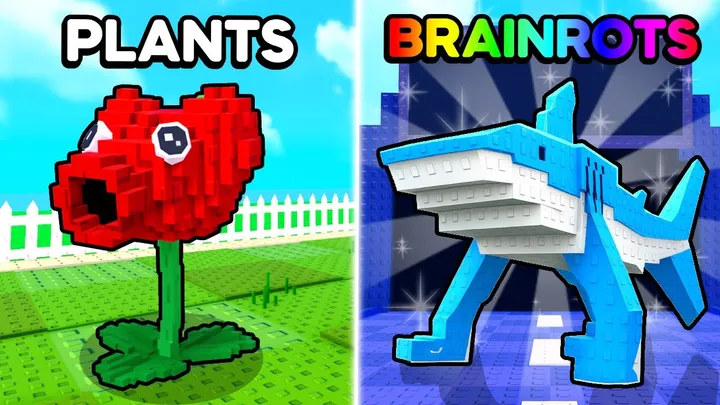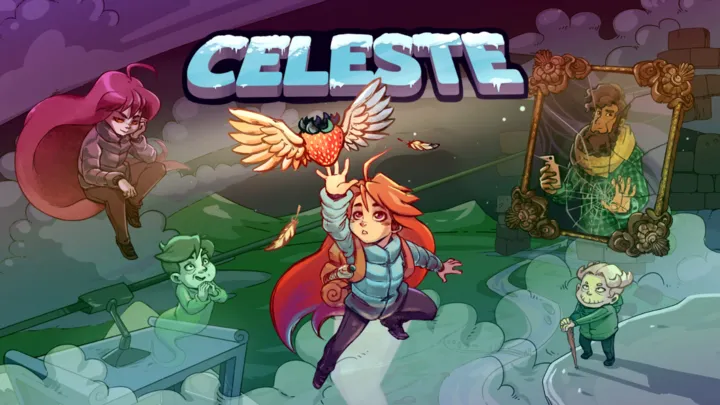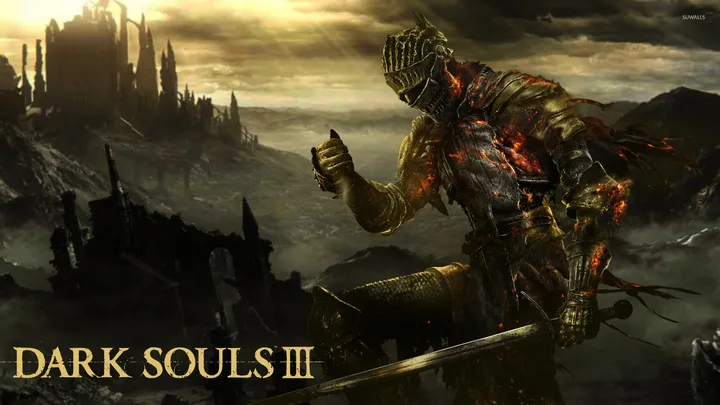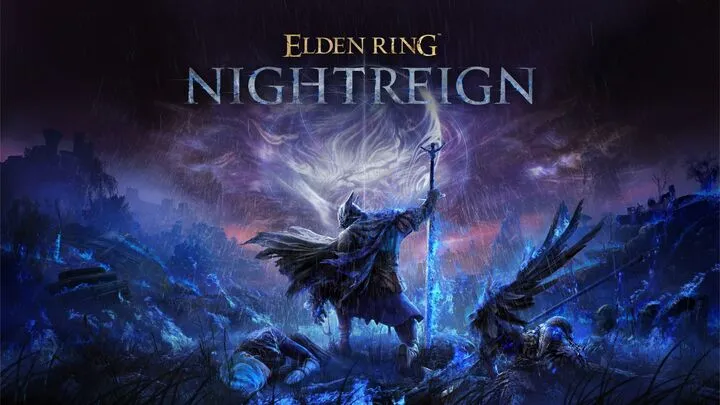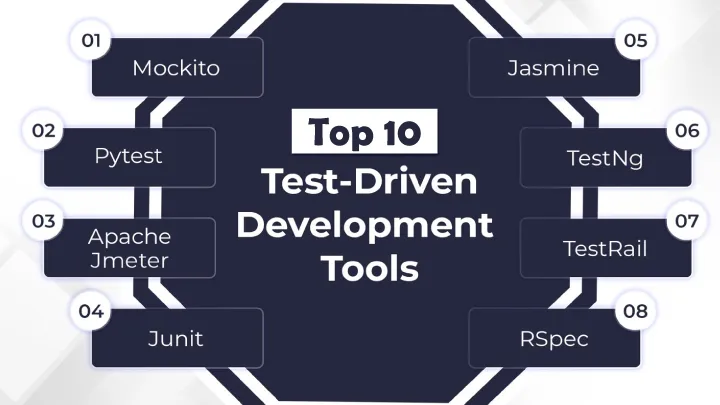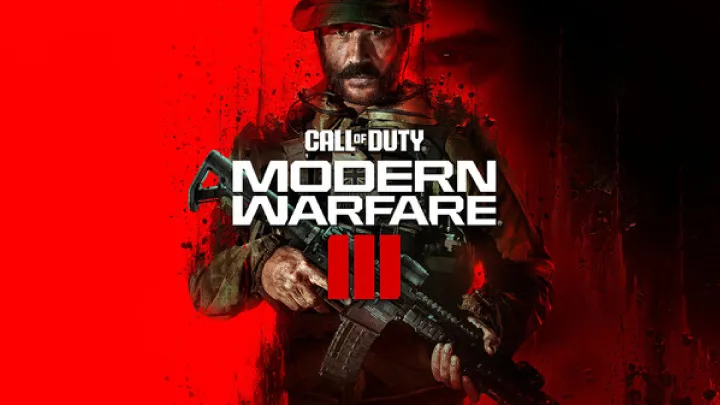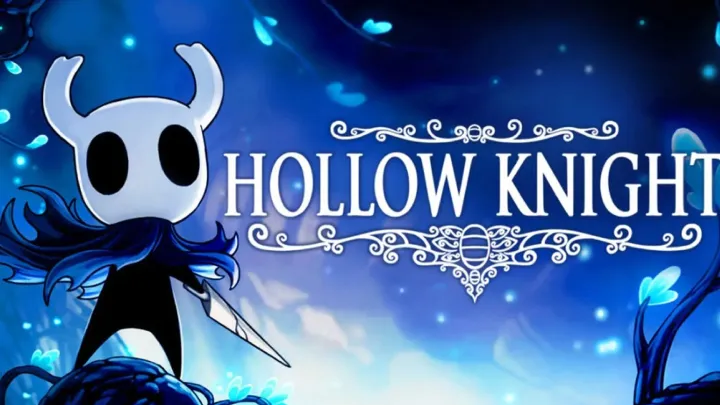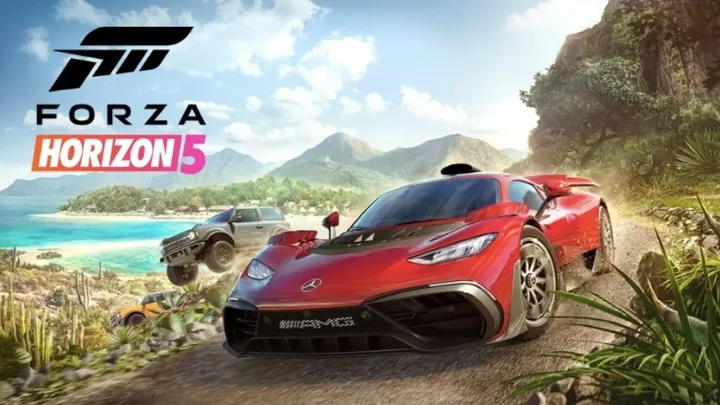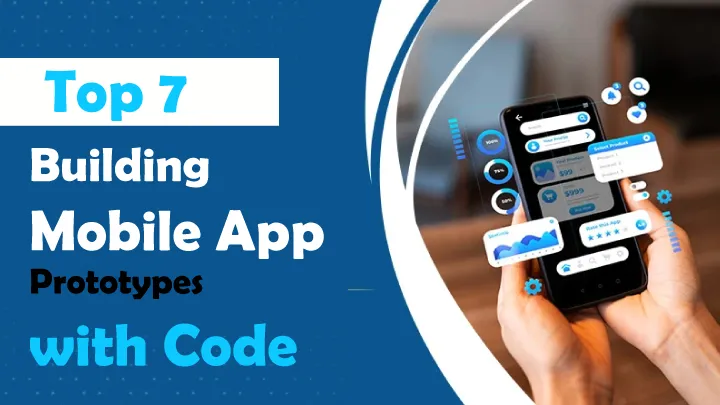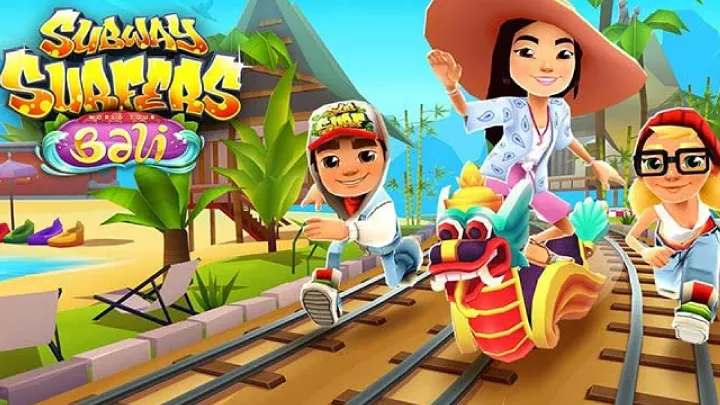Overwatch® 2 builds on the team-based hero shooter legacy of its predecessor with faster pacing, a 5v5 format, reworked heroes, and brand-new maps. Whether you’re a veteran or a new player, adapting to the changes is essential to climb ranks and enjoy the competitive depth. This comprehensive guide provides tips and strategies from beginner to advanced, helping you master movement, positioning, hero roles, and teamwork.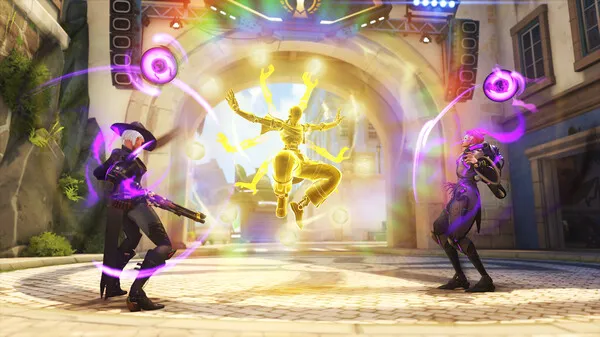
Starting Strong as a Beginner
The first step in Overwatch 2 is understanding its basics. With a 5v5 format, team fights are quicker, and individual impact is greater. Beginners should focus on learning maps, hero abilities, and roles instead of chasing eliminations.
Patience is key. Spend your first matches experimenting in Quick Play or Arcade. Familiarize yourself with the Training Range to practice mechanics before entering Competitive. Progress comes faster when you prioritize fundamentals over flashy plays.
Understanding Hero Roles
Overwatch 2 divides heroes into three categories: Tank, Damage, and Support. Each role carries specific responsibilities that shape team dynamics.
1: Tank Role
Tanks lead engagements, absorb damage, and create space for teammates. With only one tank per team now, their presence is more impactful.
2: Damage Role
Damage heroes (DPS) focus on eliminating enemies, disrupting backlines, and applying pressure. Positioning is more critical than pure aim.
3: Support Role
Supports sustain the team with healing, utility, and ultimate abilities. They must balance survival with helping allies.
Understanding these roles ensures you play in sync with your team instead of working against them.
Mastering Movement and Positioning
In Overwatch 2, poor positioning is punished quickly due to the reduced team size. Good movement allows you to survive longer and secure advantages.
Tips for Positioning
- Stay near cover and use natural barriers.
- Don’t overextend without your team.
- Position high ground when possible—it provides vision and safety.
Movement Skills
Practice strafing, crouch-peeking, and jump-timing. Heroes like Sojourn and Genji reward fluidity, while supports benefit from quick repositioning when pressured.
Effective Communication and Teamwork
Teamwork wins matches more than individual skill. Overwatch 2 provides a ping system to support non-verbal communication, but voice chat remains powerful.
Communication Basics
- Call out enemy positions and ultimate status.
- Request healing instead of spamming "I need healing."
- Coordinate pushes with tank initiation.
1: Building Trust
Avoid toxic behavior. Teams that maintain positivity adapt faster and perform better under pressure.
Hero Selection and Counters
Hero selection is dynamic. Overwatch 2 rewards switching heroes mid-match to counter enemy compositions.
Counterplay Tips
- Use hitscan DPS (e.g., Soldier: 76) against aerial threats like Pharah.
- Select Zenyatta or Ana to handle tank-heavy compositions.
- Swap to mobile heroes if enemies focus your backline.
Adaptability is often the difference between victory and defeat in Competitive.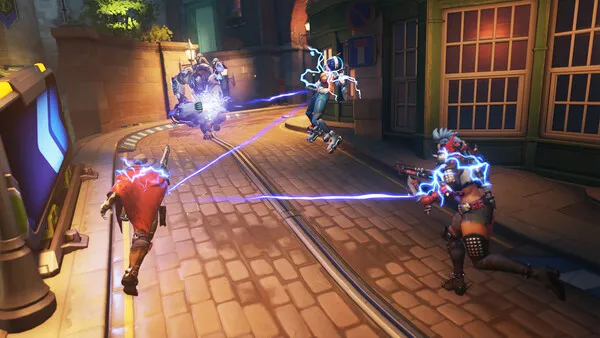
Ultimate Economy Management
Ultimates are game-changers, but wasting them can lose fights. Teams must coordinate ultimate usage to maximize efficiency.
1: Tips for Ult Management
- Avoid using more than two ultimates per fight unless necessary.
- Track enemy ultimates by memory or deduction.
- Save defensive ultimates like Lucio’s Sound Barrier for big enemy pushes.
2: Practice Discipline
Use ultimates with intent, not desperation. Smart usage defines high-level play.
Playing Tank Effectively
Tanks are the cornerstone of Overwatch 2 matches. Playing tank means balancing aggression with survival while enabling your team.
Tank Tips
- Learn when to push versus when to peel back.
- Shield tanks (Reinhardt, Sigma) require patience and cover awareness.
- Aggressive tanks (Winston, Doomfist) demand coordination with DPS.
Key List: Common Mistakes
- Overextending without support.
- Ignoring backline threats.
- Not contesting objectives consistently.
Playing Damage Effectively
Damage heroes carry the burden of securing eliminations and pressuring key targets. Aim is important, but positioning and awareness matter equally.
1: DPS Tips
- Prioritize squishy supports before tanks.
- Use flanking routes to catch enemies off guard.
- Learn multiple DPS heroes to handle different matchups.
2: Common Pitfalls
- Tunnel visioning on one target.
- Dying first in fights.
- Wasting ultimate solo.
Mastery comes from knowing when to engage versus when to disengage.
Playing Support Effectively
Support players ensure team survival while still dealing damage when safe. With smaller teams, supports are often prime targets.
1: Support Tips
- Position safely, but close enough to heal effectively.
- Balance healing with utility abilities.
- Use mobility tools (Kiriko’s teleport, Lucio’s speed boost) wisely.
2: Survival Strategies
- Learn to duel as a support—ignoring self-defense leads to constant deaths.
- Stick together with tanks or DPS when pressured.
Supports who thrive under pressure elevate the entire team.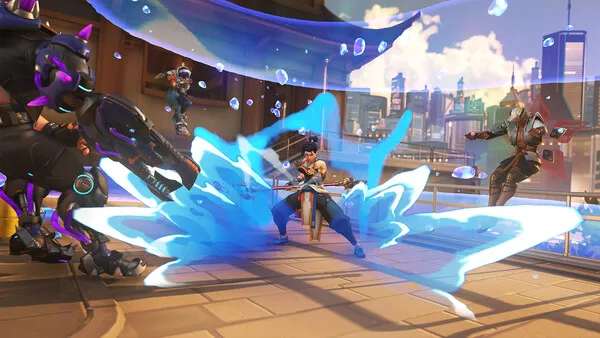
Climbing Competitive Ranks
Ranking up in Overwatch 2 requires consistency across all skills—mechanics, positioning, teamwork, and adaptability.
Climbing Strategies
- Focus on improving one role instead of juggling all three.
- Review replays to learn from mistakes.
- Duo with players who complement your role (e.g., DPS with Support).
Mental Approach
Stay calm during losing streaks. Improvement is gradual, and mentality separates steady climbers from frustrated players.
Advanced Tips for High-Level Play
At advanced levels, minor mistakes cost games. Players must refine their fundamentals into precision.
High-Level Skills
- Predict enemy movements instead of reacting.
- Manipulate tempo—decide when fights begin and end.
- Master multiple heroes across different roles for flexibility.
Endgame Mindset
Treat every match as a learning opportunity. Even losses can sharpen strategy when analyzed correctly.
Conclusion
Overwatch® 2 demands more from each player due to its 5v5 format, faster pace, and impactful hero changes. Success comes from understanding roles, mastering positioning, communicating effectively, and adapting hero choices. Whether you’re playing tank, DPS, or support, applying these tips and guides will elevate your gameplay and help you climb the ranks while enjoying the thrill of team-based strategy.
